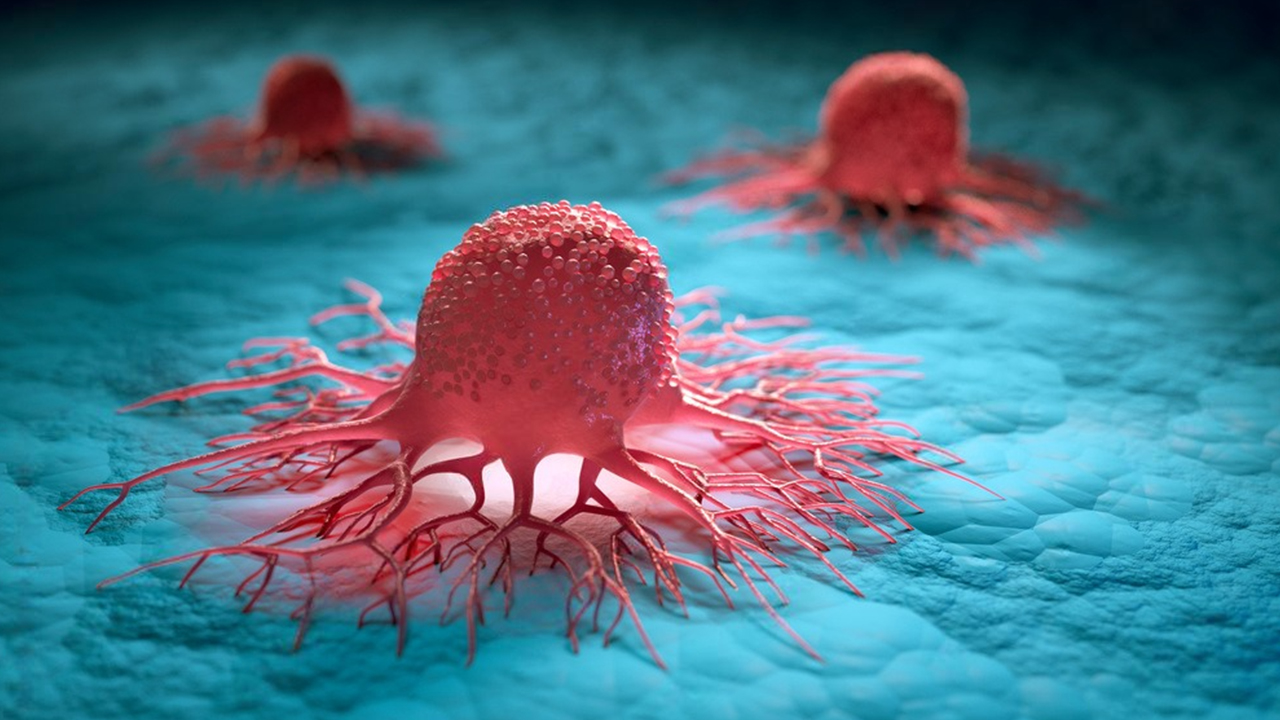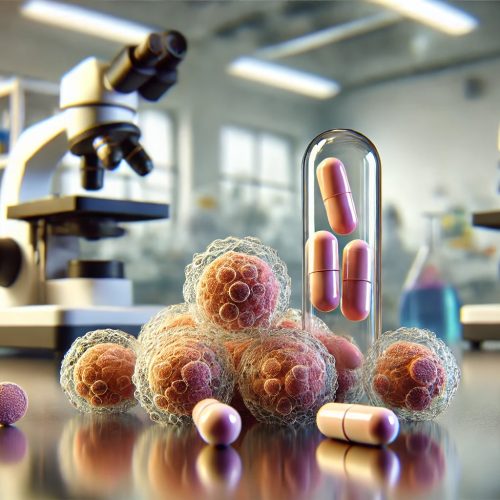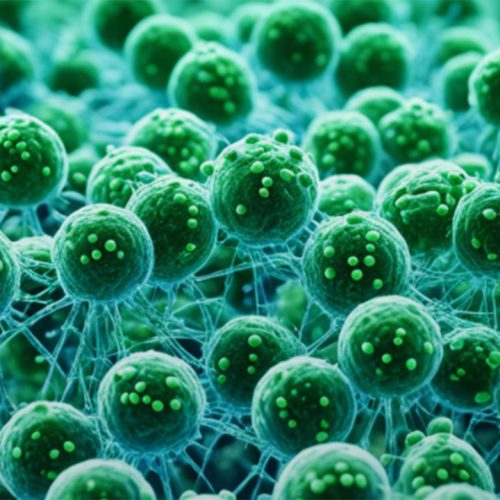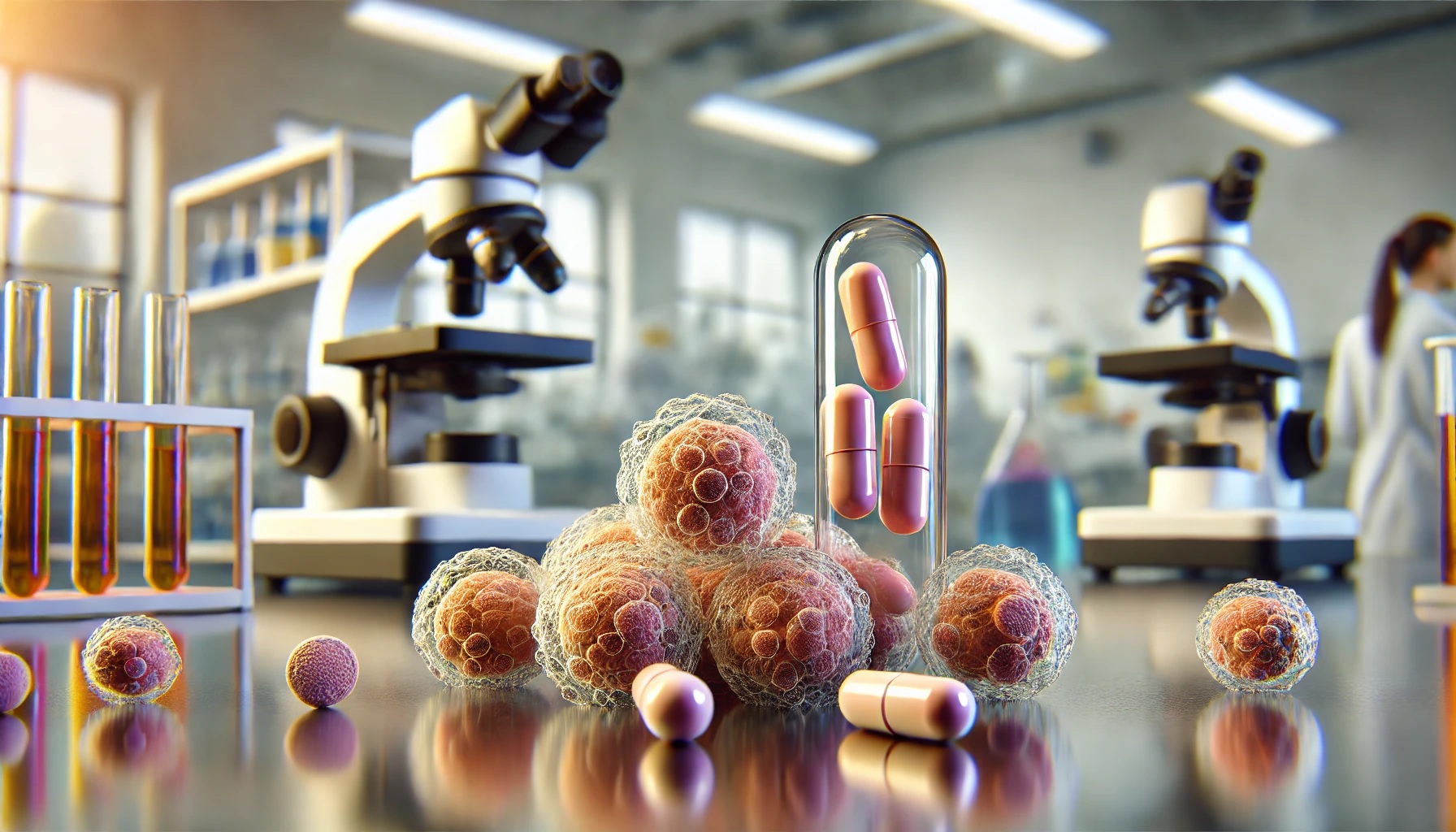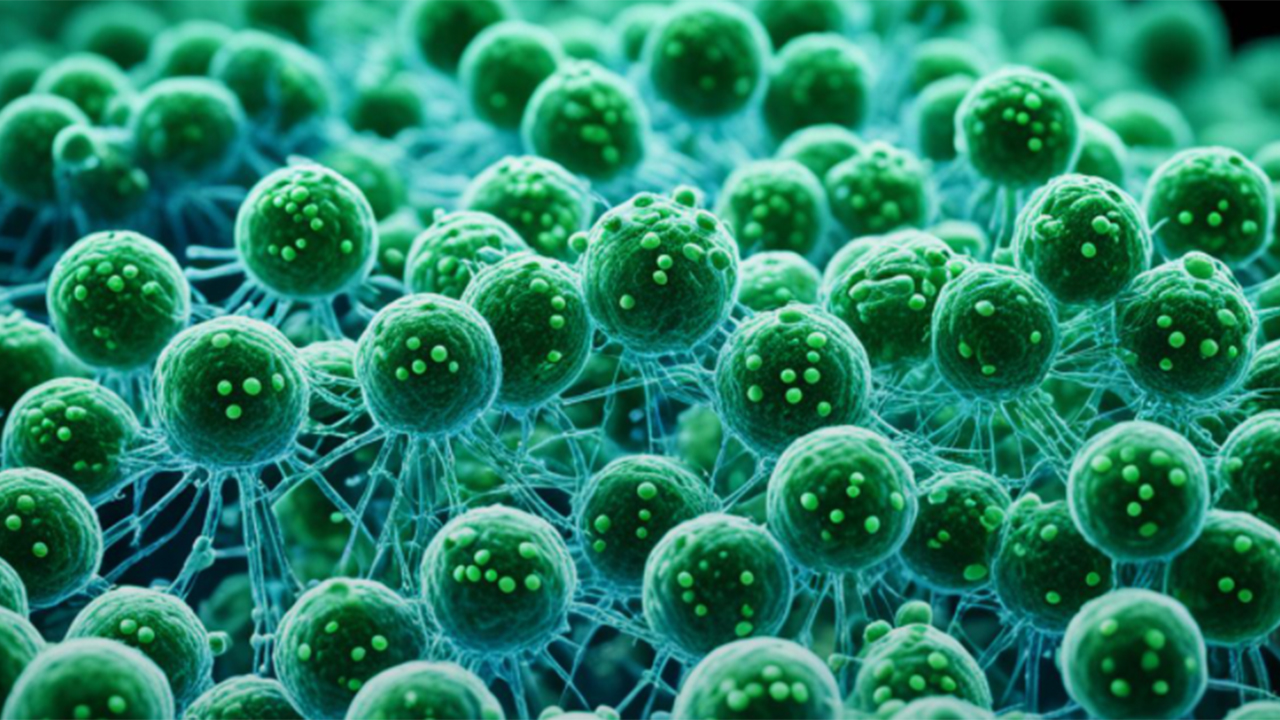What is Cancer?
Cancer encompasses a broad range of diseases characterized by the transformation of normal cells into cancerous ones that multiply and spread uncontrollably. It stands as the second leading cause of death in the U.S., but advancements in early detection and innovative treatments have significantly reduced mortality rates compared to 20 years ago. These breakthroughs not only help in curing cancer but also extend the lives of those affected. Concurrently, researchers are identifying independent risk factors that contribute to cancer development, aiding in preventive efforts.
How Do Cancerous Cells Differ from Normal Cells?
Under normal circumstances, cells adhere to genetic instructions, regulating when they grow and when they should cease. However, cancerous cells deviate from these rules:
- Controlled Growth: Normal cells divide and grow in a regulated manner, while cancerous cells multiply uncontrollably.
- Programmed Death: Normal cells undergo apoptosis, a process of programmed cell death, which cancerous cells disregard.
- Location Stability: Cells in solid organs typically remain stationary, but cancerous cells possess the ability to move throughout the body.
- Growth Rate: Cancerous cells proliferate more rapidly than normal cells.
How Does Cancer Develop in the Body?
Cancer initiates when one or more genes mutate, leading to the formation of cancerous cells. These cells cluster to form tumors. They may also detach and travel via the lymphatic system or bloodstream, spreading to other parts of the body, a process known as metastasis. For example, a breast tumor may spread to the lungs, affecting respiratory function. In some blood cancers, abnormal cells originating in the bone marrow multiply excessively, eventually overwhelming normal blood cells.
How Common is Cancer?
According to the American Cancer Society, cancer will affect 1 in 2 men (or individuals assigned male at birth) and 1 in 3 women (or individuals assigned female at birth). As of 2019, over 16.9 million people in the U.S. were living with cancer. The most prevalent cancers in the U.S. include:
- Breast Cancer: The most common cancer, primarily affecting women and individuals AFAB, though 1% of cases involve men and individuals AMAB.
- Lung Cancer: The second most common cancer, with two primary types: non-small cell and small cell lung cancer.
- Prostate Cancer: Affects 1 in 9 men and individuals AMAB.
- Colorectal Cancer: Includes cancers of the colon and rectum.
- Blood Cancers: Leukemia and lymphoma are the most common.
Who is Affected by Cancer?
Cancer can affect anyone, though incidence rates vary by race and sex. According to the 2022 Annual Report on Cancer:
- Sex: Men and individuals AMAB are slightly more affected than women and individuals AFAB.
- Race: Black men (AMAB) have higher cancer rates compared to other racial groups, while American Indian or Alaska Native women (AFAB) have the highest rates among women.
- Age: Cancer is more common in individuals aged 60 and older.
Symptoms and Causes
What are Cancer Symptoms?
Cancer is a complex disease that may remain asymptomatic for years or cause noticeable symptoms that worsen rapidly. Many symptoms overlap with less severe illnesses, so it’s essential to consult a healthcare provider if symptoms persist for more than two weeks. Early cancer symptoms may include:
- Unexplained weight loss
- Chronic fatigue
- Persistent pain
- Nighttime fevers
- Skin changes, especially moles that change shape or size
If left untreated, cancer can lead to:
- Easy bruising or bleeding
- Persistent lumps or bumps under the skin
- Difficulty breathing or swallowing
What Causes Cancer?
Cancer is fundamentally a genetic disorder caused by mutations in genes that regulate cell activity. While 5% to 12% of cancers are linked to inherited genetic mutations, most cases result from acquired mutations over a person’s lifetime. Several controllable risk factors can increase cancer risk, including:
- Smoking: Increases the risk of lung, pancreatic, esophageal, and oral cancers.
- Diet: High-fat or high-sugar diets, combined with a lack of exercise, can elevate cancer risk.
- Environmental Toxins: Exposure to substances like asbestos, pesticides, and radon can contribute to cancer development.
- Radiation Exposure: Ultraviolet (UV) radiation and excessive radiation treatments can increase the risk of skin cancer.
- Hormone Therapy: Hormone replacement therapy may elevate the risk of breast and endometrial cancers.
How Can You Reduce Cancer Risk?
Mitigating cancer risk involves making healthier lifestyle choices:
- Quit Smoking: Seek out smoking cessation programs to help stop using tobacco.
- Adopt a Healthy Diet: Consult a healthcare provider for nutritional guidance and weight management.
- Exercise Regularly: Physical activity can boost the immune system and offer protection against cancer.
- Avoid Toxins: Stay away from hazardous substances like asbestos, radon, and pesticides.
- Sun Protection: Use appropriate measures to protect against harmful UV rays.
- Regular Screenings: Schedule routine cancer screenings to catch any early signs of cancer.
Diagnosis and Tests
How is Cancer Diagnosed?
Healthcare providers diagnose cancer through a comprehensive physical examination, symptom review, and family medical history. Diagnostic tests may include:
- Blood Tests: Such as complete blood count (CBC), tumor markers, blood protein tests, and circulating tumor cell tests.
- Imaging Tests: Including CT scans, X-rays, PET scans, ultrasounds, MRI, and iodine metaiodobenzylguanidine (MIGB) tests.
- Biopsies: Different types of biopsies—needle, skin, bone marrow, endoscopic/laparoscopic, excisional/incisional, and perioperative—are used to examine suspicious tissues or cells.
- Genetic Testing: Genetic testing helps in diagnosing inherited forms of cancer or tailoring targeted therapies based on specific genetic mutations.
How is Cancer Staged?
Cancer staging helps healthcare providers determine treatment plans and prognosis. The TNM system is commonly used, where:
- T stands for the primary tumor.
- N indicates whether cancer has spread to lymph nodes.
- M signifies metastasis or cancer spread.
Cancer stages range from I to IV, with higher numbers indicating more extensive spread. Stage 0, the earliest phase, describes cancer that hasn’t spread beyond its original location and is often easily treatable.
Management and Treatment
How is Cancer Treated?
Cancer treatment may involve a combination of therapies based on individual circumstances, including:
- Chemotherapy: Uses powerful drugs to destroy cancer cells.
- Radiation Therapy: Utilizes high doses of radiation to kill cancer cells.
- Surgery: Removes tumors, often combined with other treatments to eliminate residual cancer cells.
- Hormone Therapy: Blocks cancer-causing hormones, especially in hormone-sensitive cancers.
- Biological Response Modifier Therapy: Enhances the immune system’s ability to fight cancer.
- Immunotherapy: Engages the immune system to target and destroy cancer cells.
- Targeted Therapy: Focuses on specific genetic mutations that drive cancer growth.
- Bone Marrow Transplant: Replaces damaged stem cells with healthy ones, either from the patient or a donor.
- Fenbendazole, traditionally used as an anti-parasitic medication for animals, has gained attention as a potential alternative treatment for cancer. Emerging studies and anecdotal reports suggest that it may have anti-cancer properties, particularly by disrupting the microtubule structures in cancer cells, leading to their death.
What Are the Side Effects of Cancer Treatment?
Cancer treatments aim to balance efficacy with minimal side effects, though all treatments come with risks. Common side effects include anemia, nausea, vomiting, fatigue, and pain. Palliative care is often beneficial in managing symptoms and side effects during and after treatment.
Outlook and Prognosis
What is the Prognosis for Cancer?
Cancer outcomes vary based on factors like overall health, cancer type, stage, and treatment response. In general, early detection and treatment improve prognosis. The five-year survival rate for all cancers combined is 68%, according to the National Cancer Institute.
How Do I Live with Cancer?
Living with cancer involves adopting self-care practices such as:
- Healthy Eating and Exercise: Consult a nutritionist for diet and exercise guidance.
- Rest: Prioritize rest to manage fatigue, a common symptom and side effect.
- Mental Health Support: Engage with mental health professionals or support groups to navigate the emotional challenges of living with chronic illness.
Cancer Survivorship
What is Cancer Survivorship?
Cancer survivorship begins with diagnosis and continues throughout life. Survivors may face ongoing challenges, including the possibility of cancer recurrence or developing a second, unrelated cancer. Managing these risks involves regular follow-ups and adopting a proactive approach to health and well-being.
